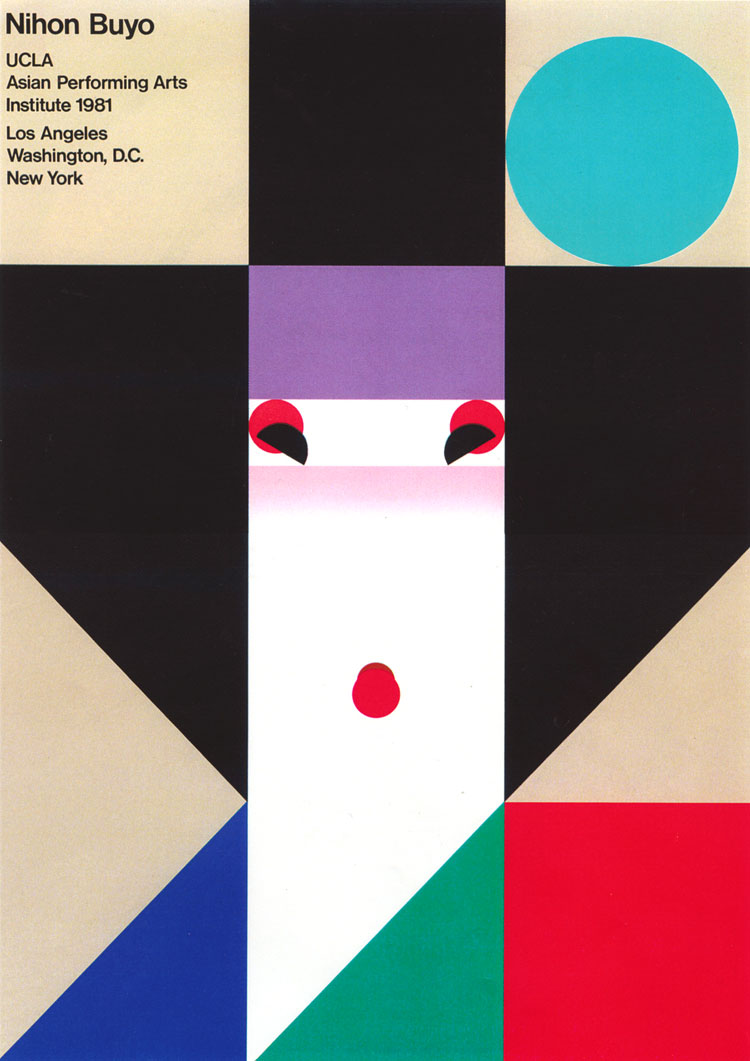υπηρεσίες: graphic & web design καταχώρηση ονόματος χώρου, φιλοξενία ιστοχώρου
Ikko Tanaka
Japanese graphic designer. He graduated from the Kyoto City College of Fine Art in 1950. He was employed as a textile designer with the Kanegafuchi Spinning Co., Kyoto (1950–52), and then worked for the Sankei Shinbun Press, Tokyo, as a graphic designer (1952–7). In 1960 he co-founded the Nippon Design Centre in Tokyo with Yusaku Kamekura, and from 1961 to 1965 he lectured at the Kuwazawa Institute of Design, Tokyo. In 1963 he established his own studio—the Tanaka Design Atelier—in Tokyo, changing the name to Ikko Tanaka Design Studio in 1976. He rose to prominence in the graphics industry in Japan with designs that synthesized Japanese pictorial traditions with popular Western styles of typography and layout. His work typified the energy of Japanese graphics communications. He designed posters, corporate logos, book and magazine layouts and exhibition displays, for example the Japanese Government’s History Pavilion displays at Expo ’70, Osaka, and the Oceanic Cultural Museum displays at Ocean Expo ’75, Okinawa. In 1975 he was appointed Creative Director of Seibu Department Stores Ltd and became responsible for art direction of the Sezon group. A master of typography, he was known for his crisp, abstract imagery, meticulous sense of colour and elimination of all inconsequential detail (e.g. poster Hanae Mori, 1028×728 mm, c. 1978; London, V&A). He specialized in museum and theatre publicity, notably bold, bright posters for the nō theatre. He received many design awards and participated in numerous exhibitions, including Japan Style at the Victoria and Albert Museum, London, in 1980. He published several influential books on typography and wrote regularly about book and typeface design.

http://www.moma.org/collection/artist.php?artist_id=5800
- Login to post comments
